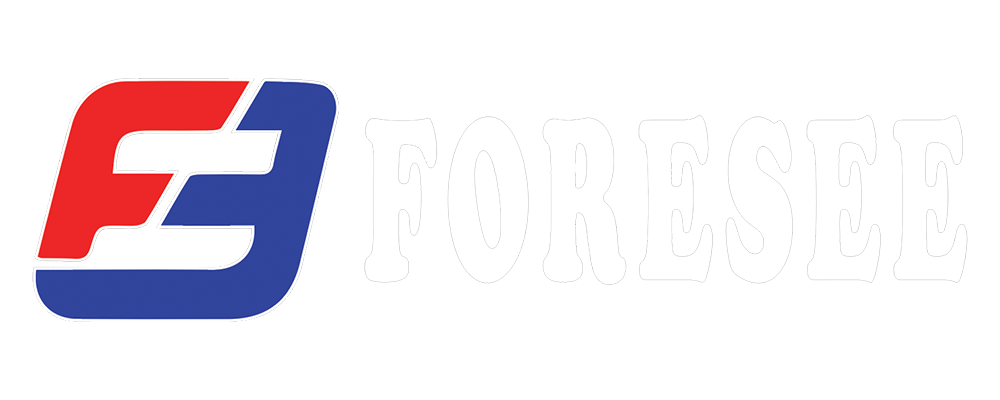Agricultural discharge hoses and irrigation discharge hoses are both used for transferring liquids in agricultural settings, but they may have different specifications (specs) based on their intended applications and requirements. Here are some key differences in terms of specs between these two types of hoses:
-
Application Focus:
- Agricultural Discharge Hoses: These hoses are designed to handle a variety of liquids used in agricultural operations, including water, fertilizers, pesticides, and chemicals. They are often used for general-purpose liquid transfer, such as irrigation, fluid distribution, and spraying.
- Irrigation Discharge Hoses: These hoses specifically cater to irrigation systems, which involve controlled water distribution to crops or fields. Irrigation hoses may be optimized for consistent water flow and pressure to ensure effective and efficient watering.
-
Pressure Rating:
- Agricultural Discharge Hoses: The pressure rating for agricultural hoses can vary based on the type of liquids being transferred. They may have a broader pressure range to accommodate the diverse range of liquids used in agriculture.
- Irrigation Discharge Hoses: Irrigation hoses may be designed to maintain a relatively consistent pressure throughout the hose length to ensure even water distribution. This could result in hoses with specific pressure ratings optimized for irrigation systems.
-
Chemical Compatibility:
- Agricultural Discharge Hoses: These hoses need to handle a wide range of liquids, including chemicals and fertilizers. As a result, they may have varying degrees of chemical resistance to accommodate different agricultural applications.
- Irrigation Discharge Hoses: While chemical compatibility is still important, irrigation hoses may place a greater emphasis on water compatibility and minimizing any leaching or contamination of the water being distributed.
-
Flexibility and Bend Radius:
- Agricultural Discharge Hoses: Flexibility is important for maneuvering around equipment and obstacles on the farm. The flexibility of agricultural hoses may be optimized for versatile use.
- Irrigation Discharge Hoses: These hoses may need to span longer distances along fields or crop rows. As a result, they might have a focus on a specific bend radius and flexibility to facilitate efficient water distribution layouts.
-
UV Resistance:
- Agricultural Discharge Hoses: UV resistance is important for hoses that may be exposed to sunlight during various agricultural activities.
- Irrigation Discharge Hoses: Similar to agricultural hoses, UV resistance is also essential for irrigation hoses that may be laid out across fields for extended periods.
-
Fittings and Couplings:
- Agricultural Discharge Hoses: The types of fittings and couplings may vary based on the liquids being transferred and the specific equipment used in agricultural operations.
- Irrigation Discharge Hoses: Fittings and couplings for irrigation hoses may be designed to integrate seamlessly with irrigation system components, such as sprinklers, drip emitters, or connectors.
It's important to note that the specifications for both types of hoses can vary widely based on the specific manufacturer, model, and intended use. When selecting hoses for your agricultural or irrigation needs, it's recommended to carefully review the manufacturer's recommendations and consider the unique requirements of your operation.

Recent post